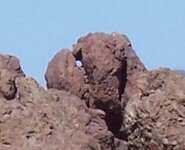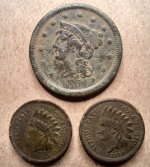BuffaloBob
Bronze Member
- Jan 6, 2005
- 1,367
- 262
- Detector(s) used
-
Minelab X-Terra 705 Gold Coil
deteknixXpointer Probe
Minelab Ex-Terra 70
White's Classic II
2014-2015 Colorado Gold Camp Prospector
- Primary Interest:
- Metal Detecting
GMC's are quite the cats but in Saudi/Dubai etc. for some reason. Its a status sysmbol to have an 73-89 GMC long bed step side for some reason...
Room to mount "Technicals).. machine guns?







